Want to impress your gearhead pals with some obscure automobile trivia? You should learn about a guy named Henry Peter Brougham.
Brougham was a lawyer and British statesman who ultimately became Lord High Chancellor of the United Kingdom.
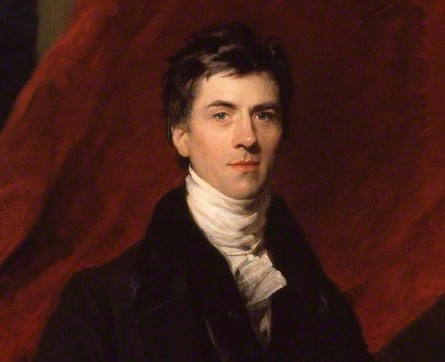
Outside of the courtroom, Brougham had a knack for design. In particular, he conceived a horse-drawn carriage that featured a squared off rear profile, a curved, low-slung enclosed cabin, leaf springs mounted directly to the body, and a large front window behind a forward driver’s seat.
The carriage was lightweight and compact, requiring just a single horse, yet it was comfortable and had ample space inside. The enclosed coach was very private too, which made it very appealing to lawyers and legislators. Better still, folks found that the low-riding carriage was really easy to get into and out of.
He sent his idea to famed coachmaker Robinson & Cook to put into production. And once the new carriage design hit the cobblestone streets of London, the layout proved both practical and versatile.
Soon after, the “Brougham” carriage became a common sight across 19th century Europe.
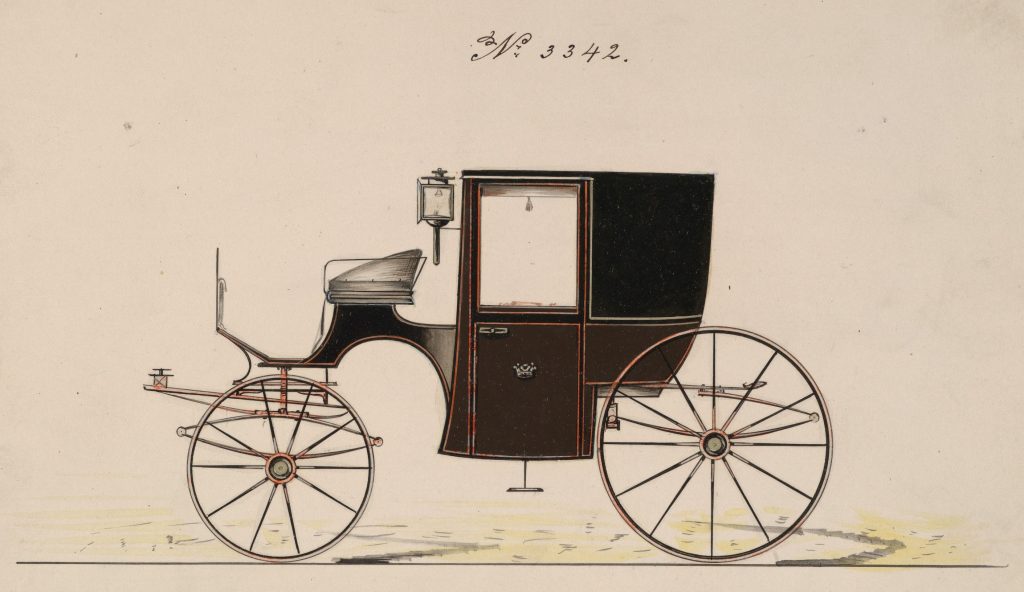
While Henry Peter Brougham passed away before the automobile rose to prominence, the popularity of his eponymous carriage did make the leap from the horse-and-buggy era into the mechanized age.
That’s because early on, the automotive industry looked to traditional coachbuilders to make the bodies for its new cars. Sticking with what they knew, horse-drawn carriage makers simply adapted existing designs to electric or gas power.
And voilà, the Brougham automobile coach was born.
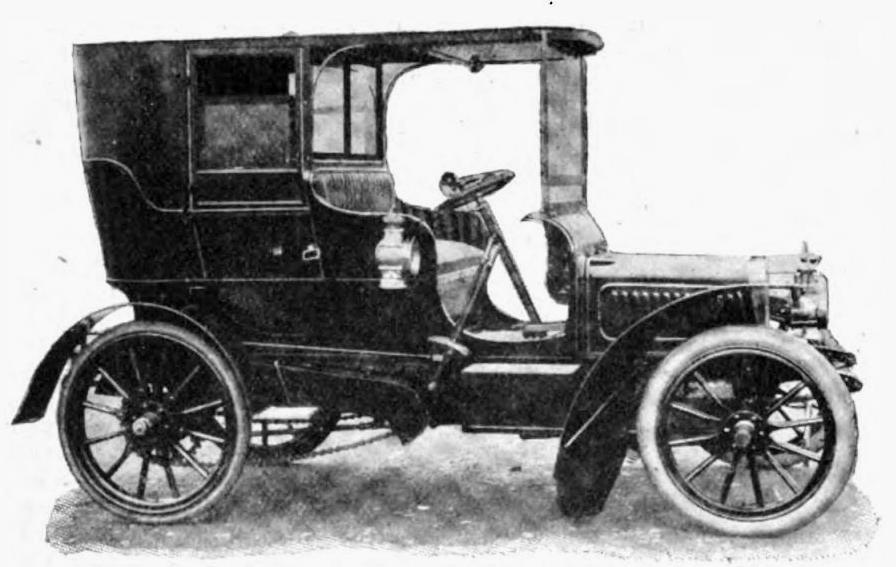
Specifically, the Brougham design took off within the luxury automobile segment, and it was used by manufacturers like Rolls-Royce, Bentley, and Packard—often in limousine service.
As you’d imagine though, the layout wasn’t too popular for the chauffeurs. Despite additions like roofs and snap-in windows, drivers of these cars much preferred being warm and cozy inside the vehicle.
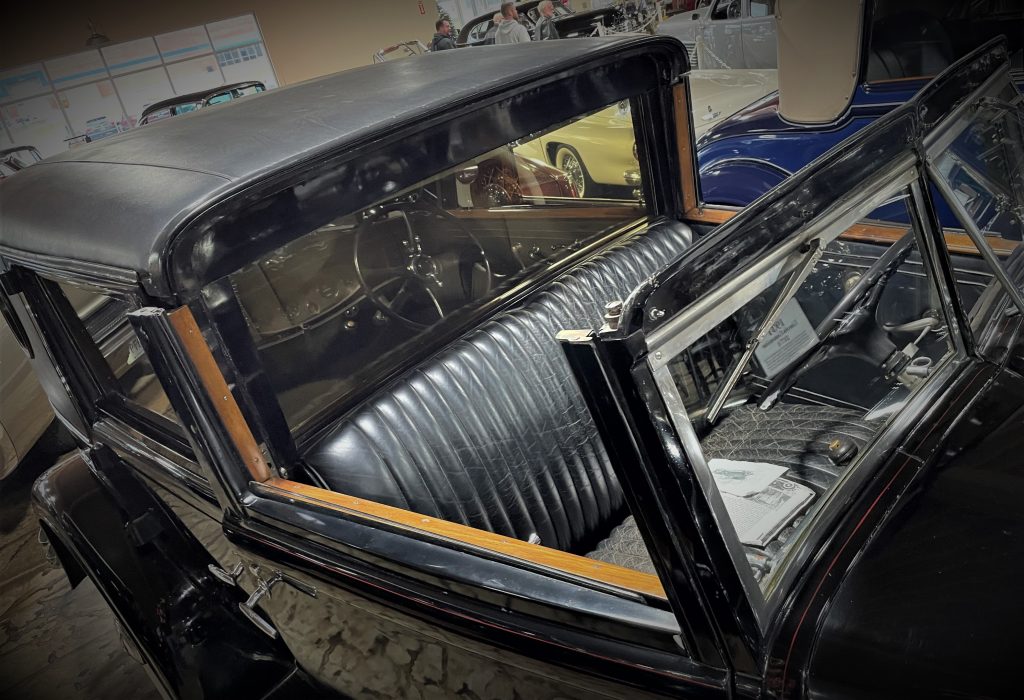
The automobile industry slowly responded and, by the 1930s, the traditional open-air Brougham design was falling out of favor.
But that’s not the end of the Brougham story—not by a long shot.
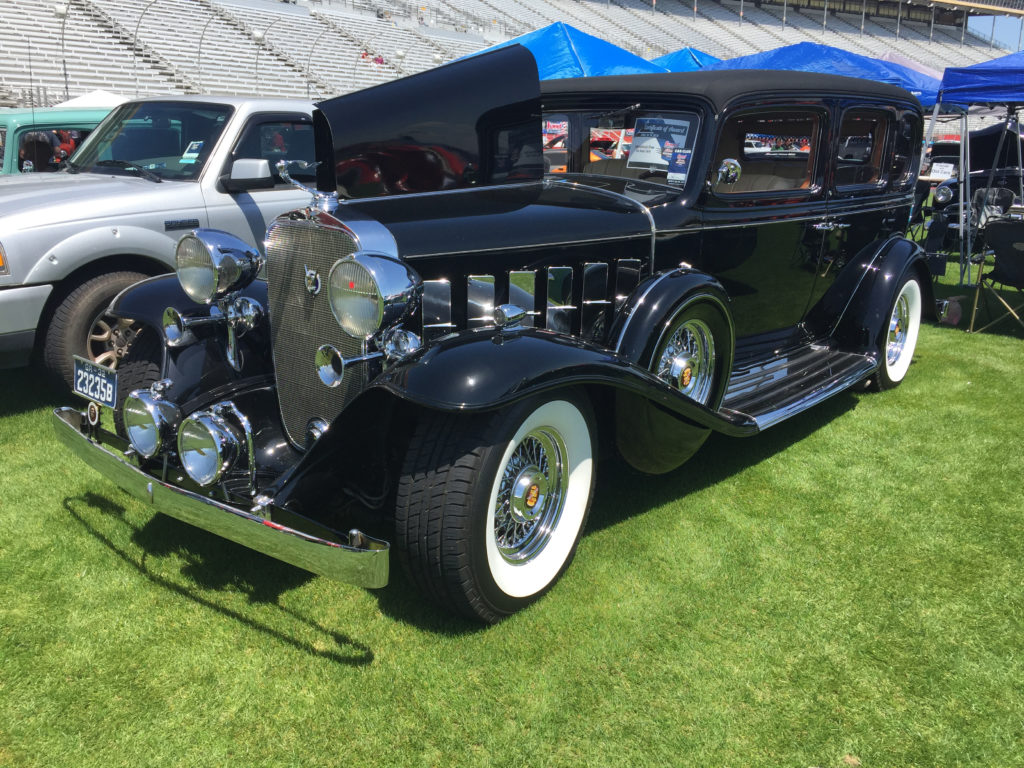
The Brougham Adapts & Evolves
Given its close ties with the affluent market, several luxury automobile manufacturers thought the name “Brougham” still had plenty of cachet for well-heeled car buyers.
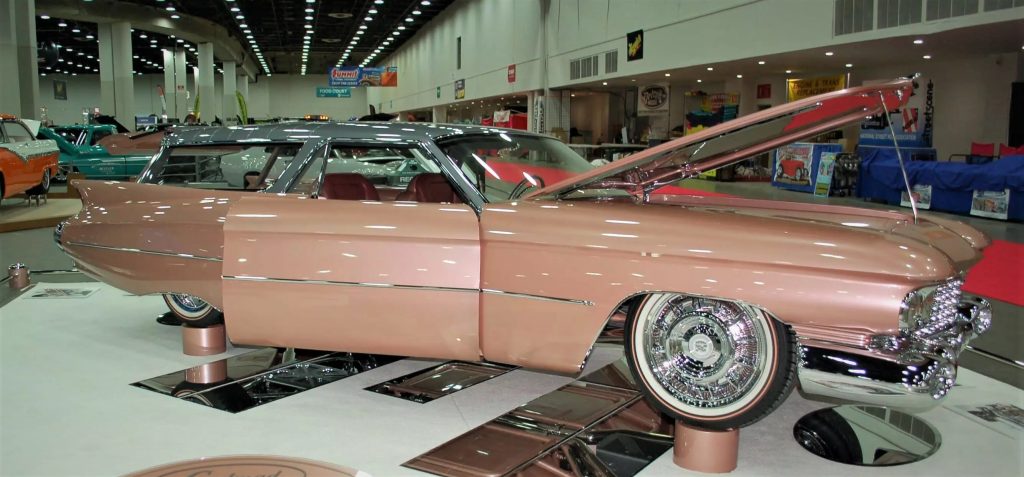
In fact, Cadillac had been applying the term Brougham to its cars as far back as World War I—regardless if the coach had a Brougham style layout or not.
So even after the traditional open-cab design had faded away, marques like Cadillac were cranking out cars dubbed Broughams.

Pretty soon, even more manufacturers got into the act, typically using the word Brougham to denote a top tier luxury trim.
That strategy opened the floodgates for Oldsmobile Toronado Broughams, Dodge Monaco Broughams, AMC Ambassador Broughams, Ford LTD Broughams, Plymouth Valiant Broughams, and a host of other more upscale versions of typically staid coupes and sedans.
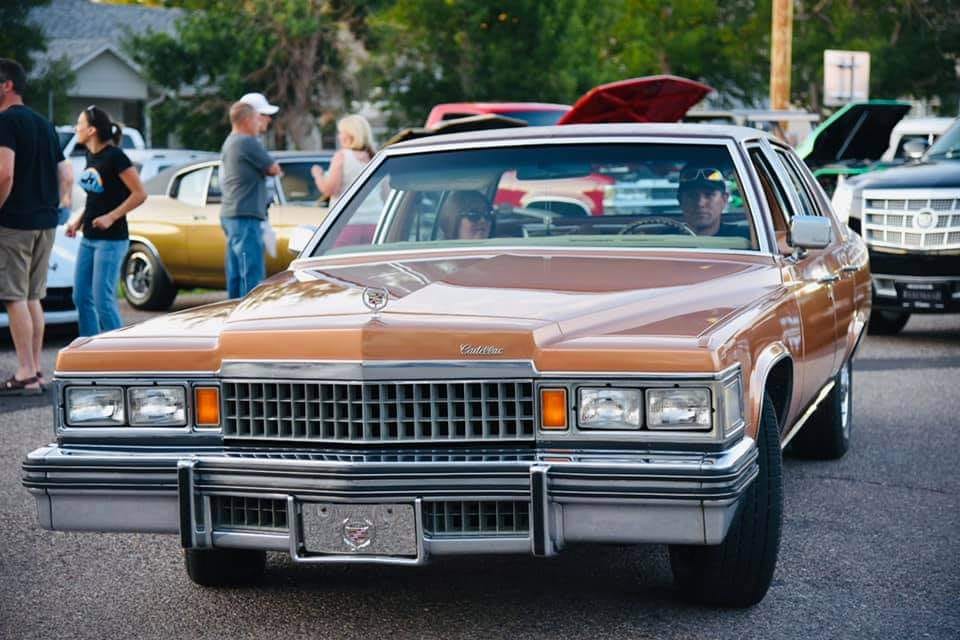
The 1987-92 Cadillac Brougham
As the 1980s arrived, the Brougham name had starting growing passé, and the typical trappings (simulated spoke hubcaps, faux landau roofs, opera windows, etc.) slowly slipped off options sheets.
But Cadillac gave the Brougham one last hurrah with its own standalone nameplate.
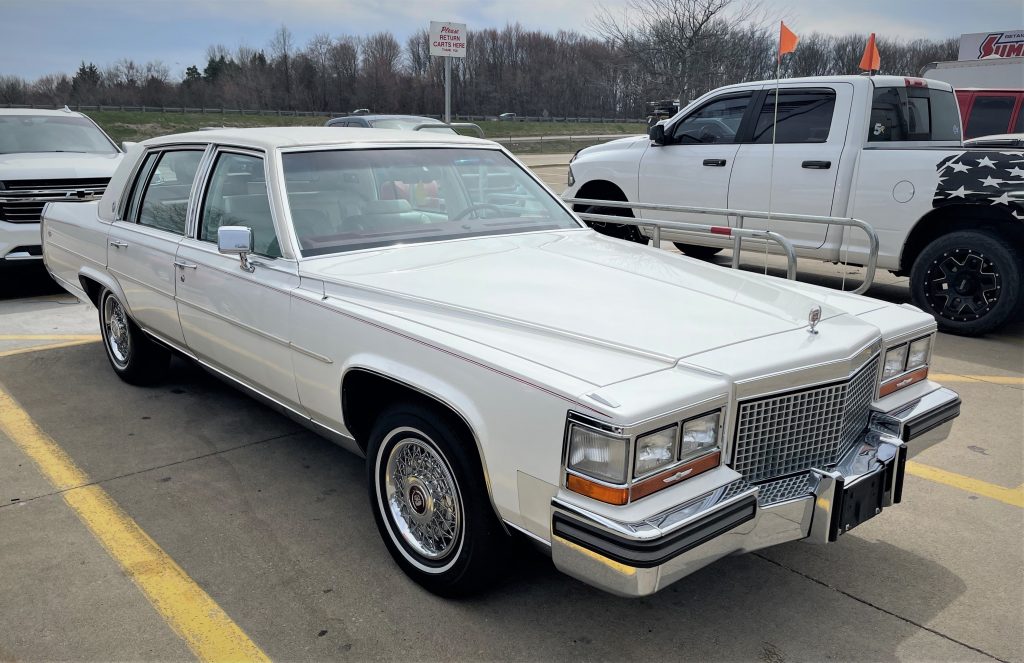
Offered from 1987-92, the Cadillac Brougham was essentially a continuation of the Cadillac Fleetwood Brougham that preceded it. The shift was necessary though, as Cadillac had reassigned the Fleetwood name to its line of coupes and sedans riding on GM’s new front-wheel drive C platform.
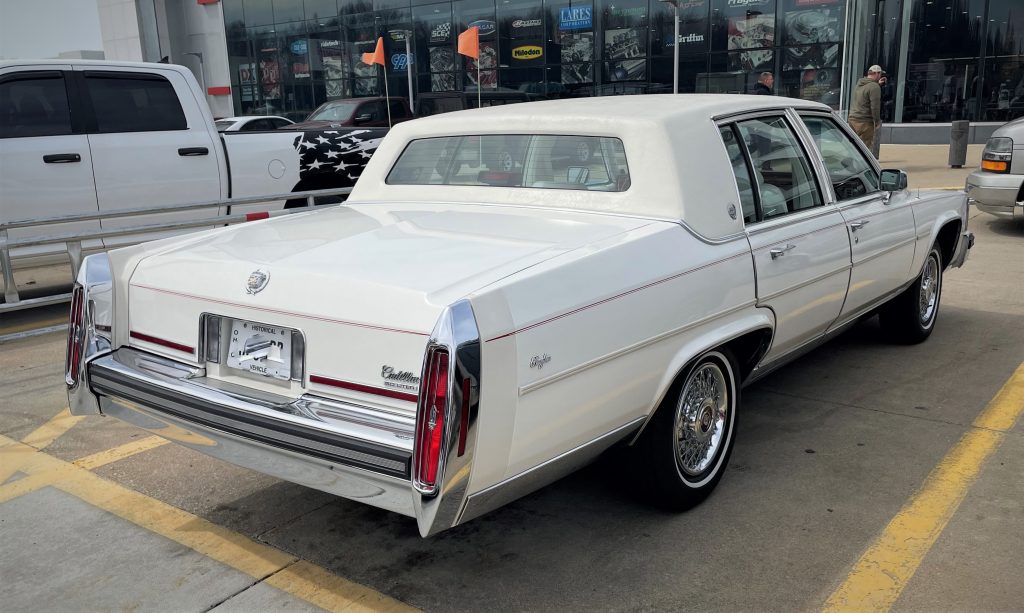
The Brougham rode on the GM’s full size D-body platform, which was reserved almost exclusively for Cadillacs. It was a body-on-frame car, with a front engine, rear-wheel drive layout. (Thanks to that setup, the Brougham was a popular choice for limousine and hearse conversions.)
Depending on the year, under the hood was one of three V8 engines: a 5.0L Oldsmobile-derived V8 (1987-90), a 5.0L Chevy V8 (1991+), or the trusty 5.7L Chevy (optional from 1990+).
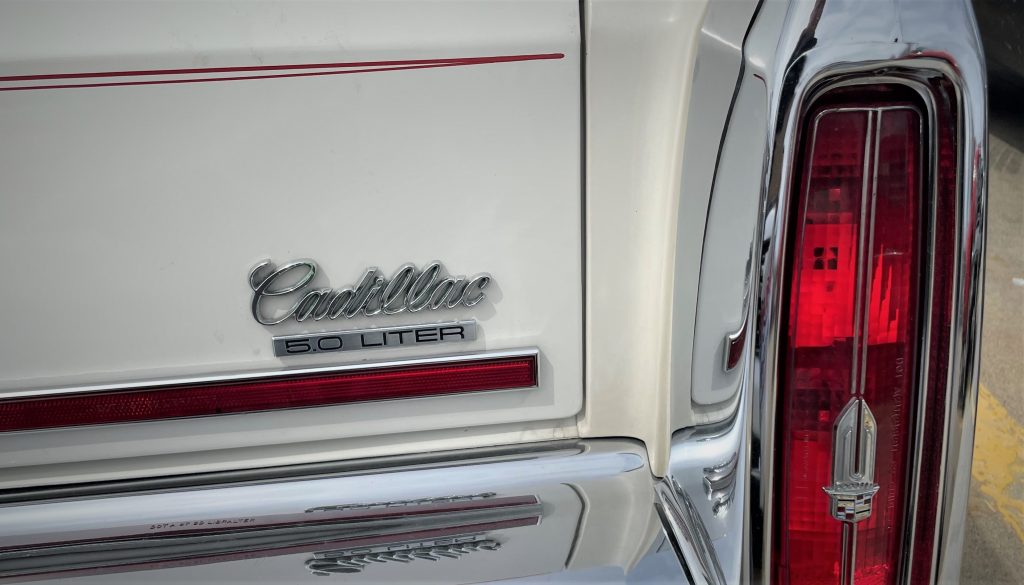
Curiously, the Fleetwood would switch back to a freshly upgraded GM rear-wheel drive D-body and retake the Brougham’s spot in Caddy’s lineup once its production stopped in 1992. The Brougham moniker would revert back to a trim level on the Fleetwood until both were retired in 1996—a move that momentarily left Cadillac without a RWD car in its lineup (though the fan-favorite Sigma platform would arrive a few years later).
Nowadays, thanks to its body-on-frame architecture and loafing V8s, many enthusiasts look to the 1987-92 Broughams as the last “big” Cadillacs ever made. Fun fact: this era Brougham also has the distinction of being the last Cadillac made without airbags.
…Yet at no point during its 1987-92 production run was there an option to delete the driver’s doors or roof—sorry, Lord Brougham.
***
If interesting historical vehicle etymology is your jam, you’ll probably enjoy this article too: Learn Some British (& Ford) History Via This Rare 1956 Fairlane Crown Victoria Skyliner
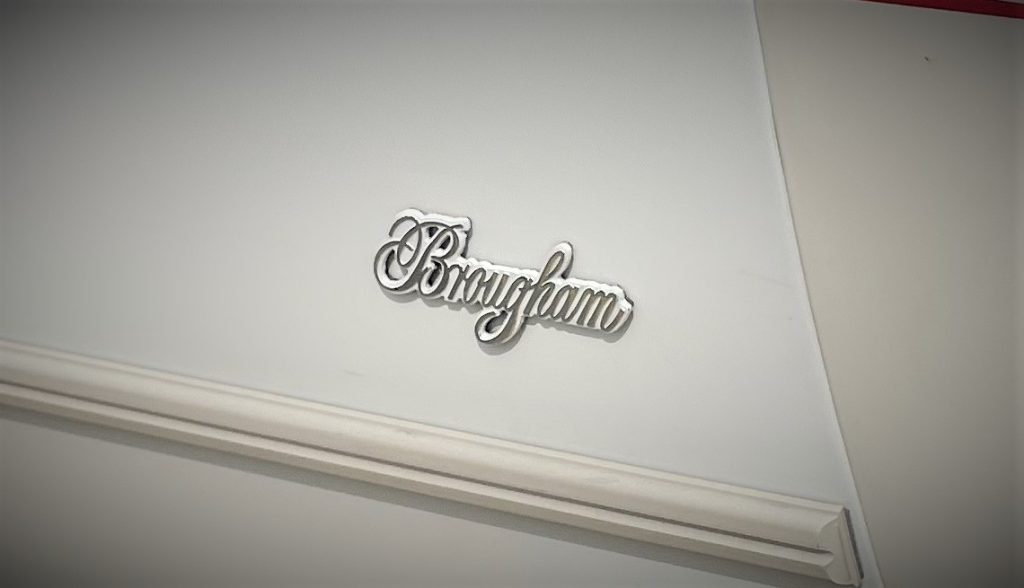

Comments